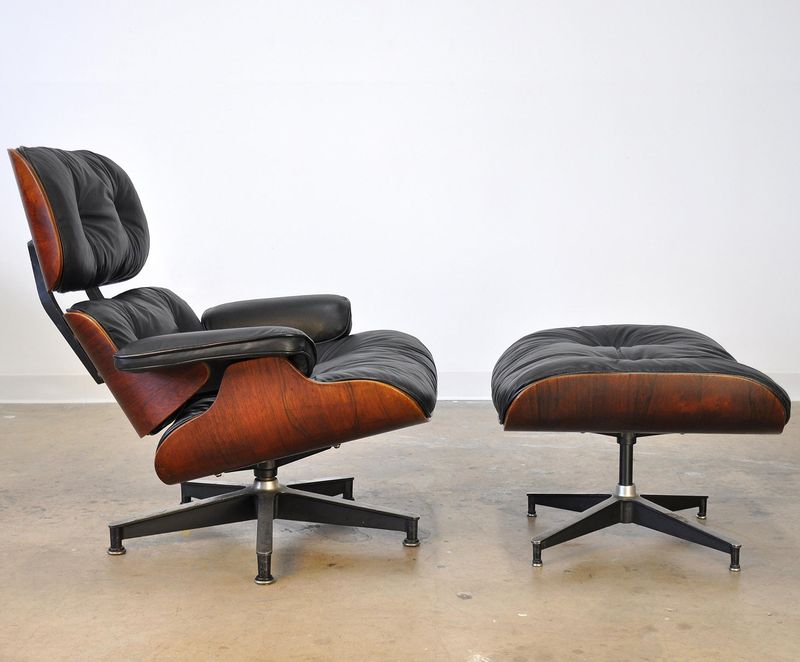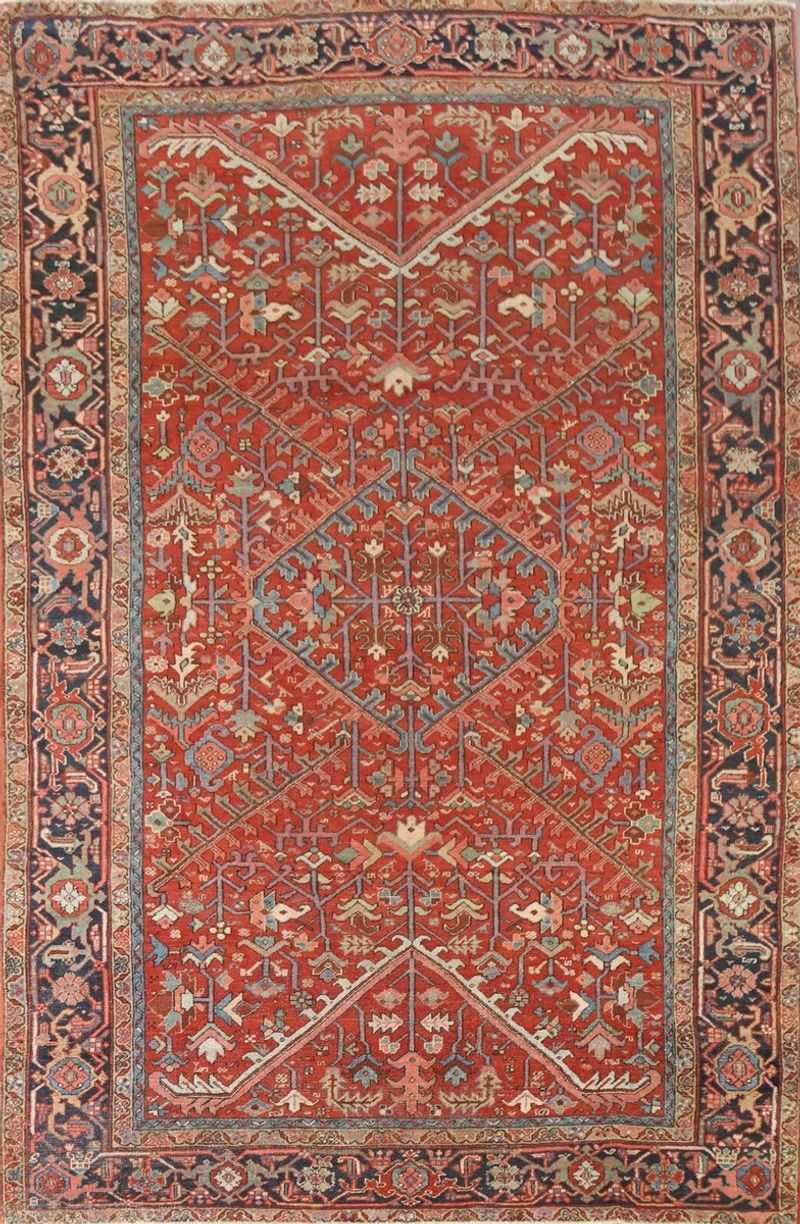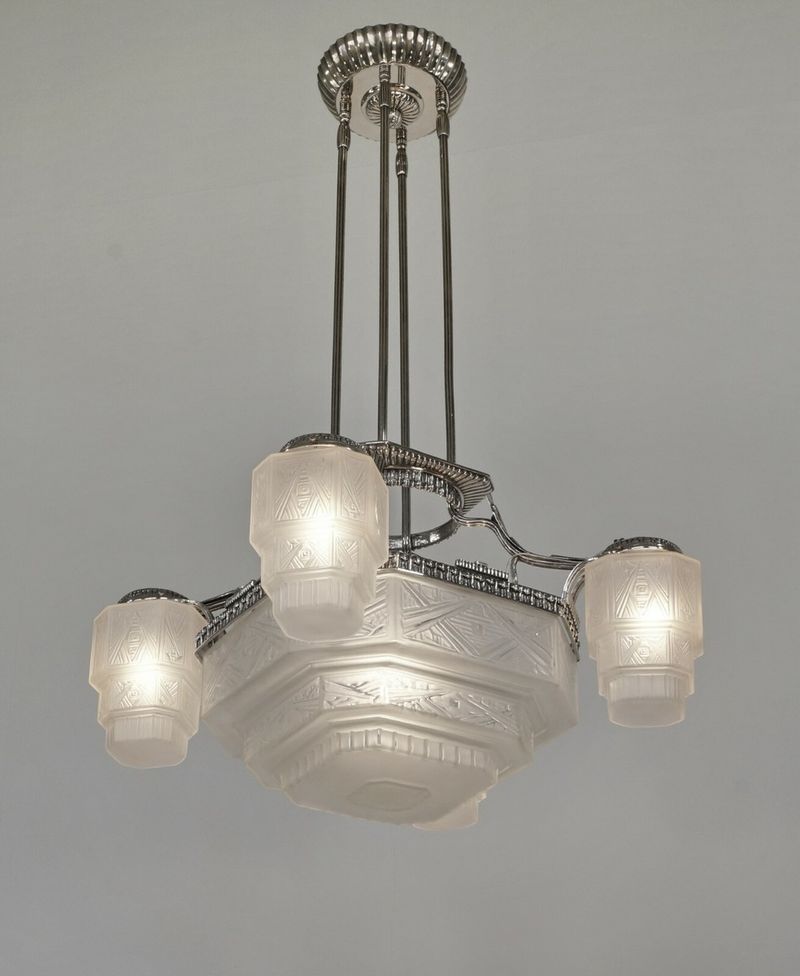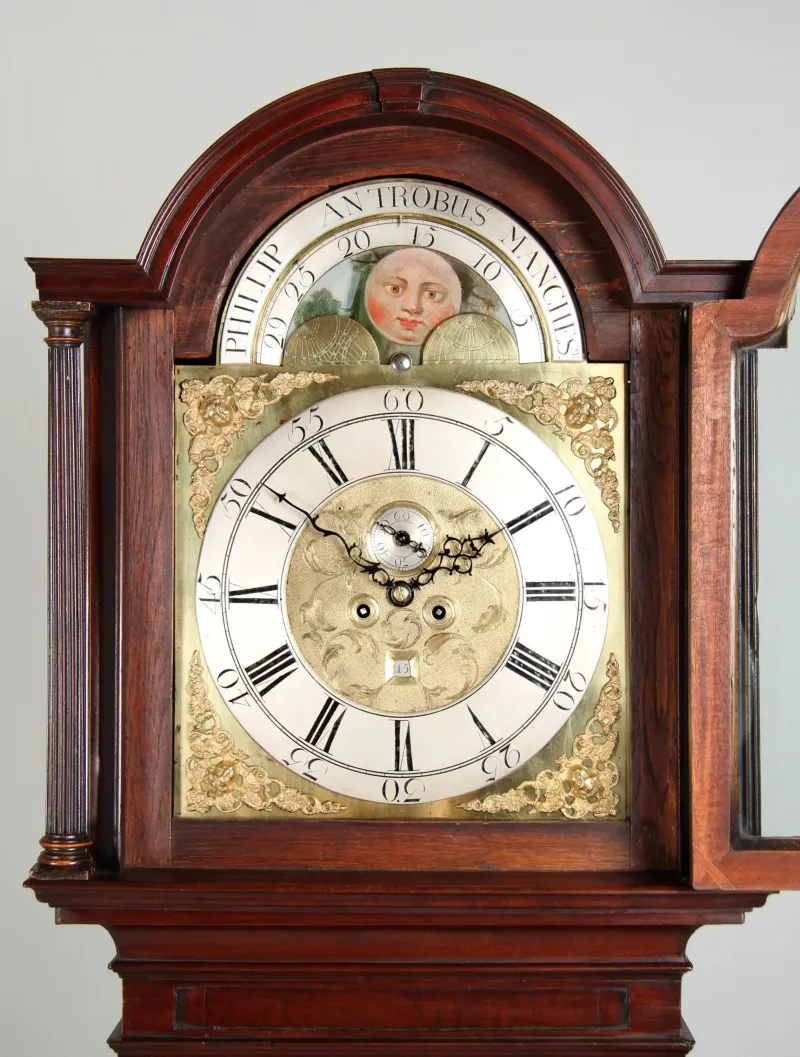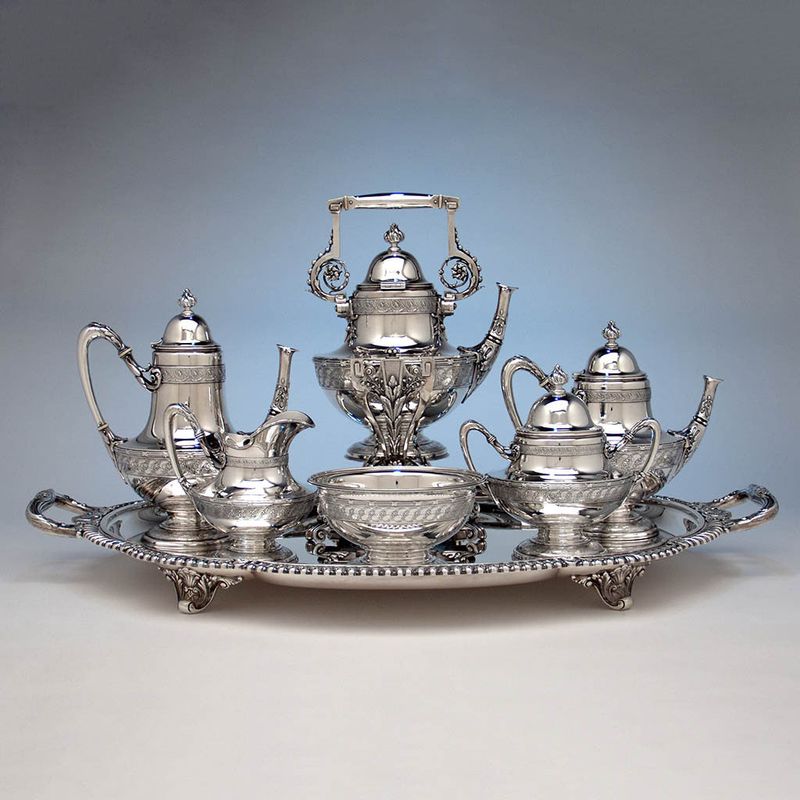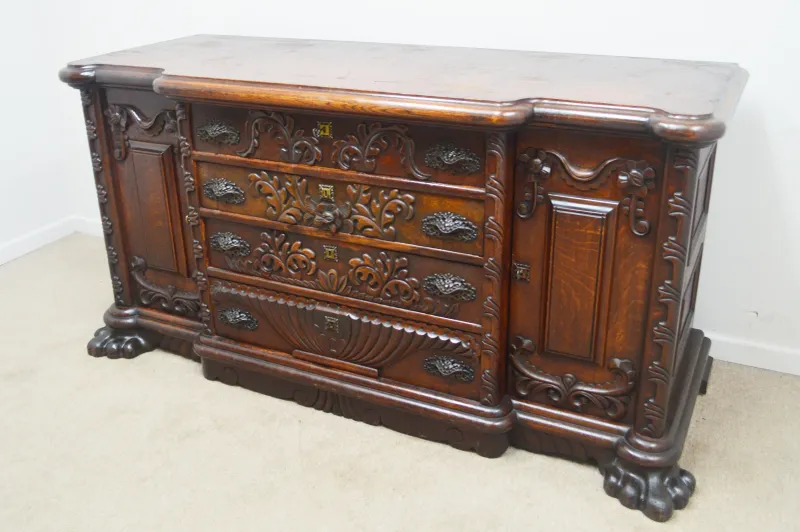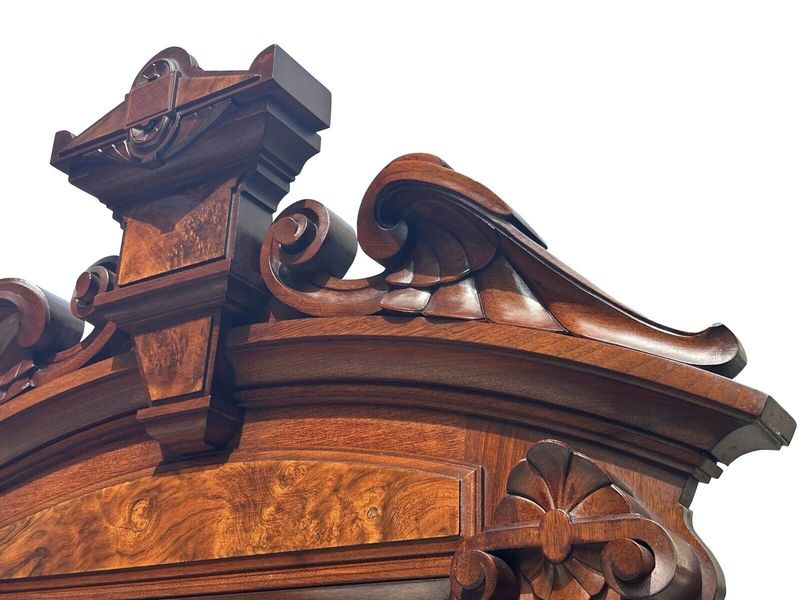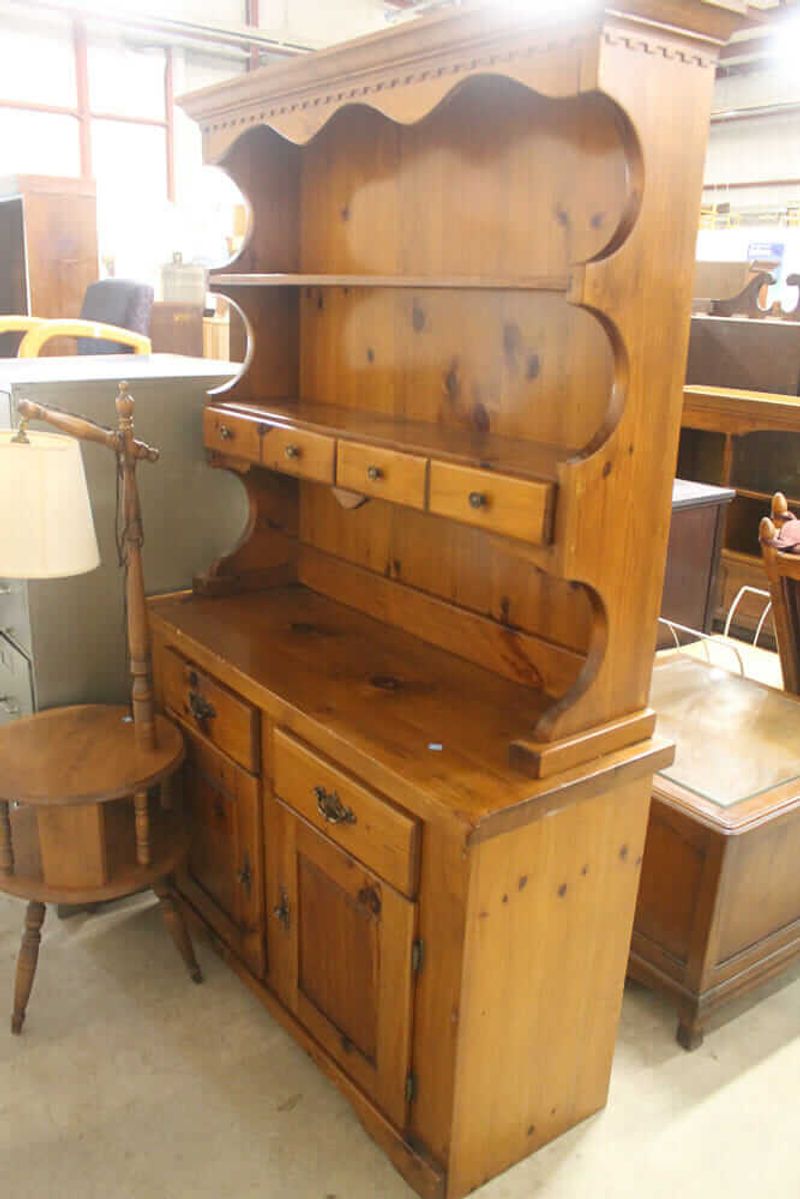Not all antiques are created equal – and some don’t age nearly as well as others. While a few interior treasures gain value with every passing year, others quietly fade in desirability and price.
The difference often comes down to craftsmanship, rarity, and shifting tastes. If you’re investing, collecting, or simply holding onto Grandma’s favorite pieces, it’s worth knowing what’s on the rise and what’s falling flat.
Here are 8 types of antiques that keep appreciating – and 8 that professionals say are steadily losing value.
1. Mid-Century Modern Furniture
Would you believe that those sleek, minimalist pieces from the 1950s and 60s are now commanding astronomical prices? Designs by icons like Eames, Saarinen, and Noguchi have transcended their era to become timeless classics.
What makes these pieces special is their perfect marriage of form and function. Clean lines, organic shapes, and innovative materials continue to influence contemporary design decades later.
2. Antique Persian Rugs
Nothing quite matches the allure of a handwoven Persian rug with its intricate patterns telling stories of ancient traditions. These textile masterpieces often appreciate 5-8% annually, outperforming many conventional investments.
Age actually enhances their beauty as the natural dyes develop a patina that modern reproductions simply cannot replicate. Smart collectors look for hand-knotted examples with natural dyes, tight weaves, and minimal restoration work, as these factors significantly influence long-term value.
3. Art Deco Lighting Fixtures
Imagine the glamour of the Roaring Twenties captured in glass and metal! Art Deco lighting fixtures from the 1920s-30s continue to captivate collectors with their bold geometric forms and luxurious materials.
Famous makers like Lalique, Daum, and Tiffany Studios created pieces that now fetch staggering sums at auction. The craftsmanship in these pieces is simply unmatched today—hand-blown glass, custom metalwork, and innovative designs.
4. Antique Chinese Porcelain
For centuries, these delicate treasures have been coveted by royalty and collectors alike. The finest examples from the Ming and Qing dynasties continue to break auction records year after year.
Why such enduring value? The combination of historical significance, artistic merit, and extreme rarity creates the perfect investment storm. Each piece tells a story of Chinese artistic traditions and technical mastery.
5. Early American Craftsman Furniture
Before mass production took over, master woodworkers created pieces meant to last generations. Furniture from craftsmen like Gustav Stickley, Greene & Greene, and Frank Lloyd Wright has skyrocketed in value over the past decades.
The Arts & Crafts movement (1880s-1920s) emphasized honest materials and visible joinery—a rebellion against Victorian excess. These principles resulted in oak and cherry pieces with a distinctive, understated elegance.
6. Vintage Mechanical Clocks
Tick-tock goes the investment clock! Fine mechanical timepieces from the 18th and 19th centuries represent incredible craftsmanship that modern manufacturing simply cannot replicate at any price.
Grandfather clocks, carriage clocks, and mantel clocks by renowned makers like Seth Thomas or Eli Terry combine artistic beauty with mechanical ingenuity. The complexity of their movements fascinates collectors who appreciate both aesthetics and engineering.
7. Sterling Silver Serving Pieces
Even during economic downturns, the intrinsic value of silver provides a floor for these elegant antiques. Beyond mere metal value, fine craftsmanship from renowned silversmiths commands significant premiums.
Patterns by Tiffany, Gorham, and Georg Jensen are particularly coveted for their artistic merit and historical significance. Complete sets in original condition naturally fetch the highest prices, but even individual pieces from desirable patterns appreciate steadily.
8. Rare Vintage Books and Maps
Contrary to digital-age predictions, physical first editions and antique maps continue to appreciate dramatically. Beyond their intellectual content, these paper treasures are valued as historical artifacts and decorative objects.
First editions by literary giants like Hemingway or Fitzgerald can double in value within a decade. Similarly, hand-colored maps from the Age of Exploration represent both artistic achievement and historical documentation of evolving geographical knowledge.
1. Victorian Mass-Produced Furniture
Those ornate Victorian chairs and tables with dark finishes might look impressive, but they’re actually dropping in value faster than a stone. Mass production during the late 1800s flooded the market with these pieces, making them far from rare today.
Modern homes simply don’t accommodate these bulky, heavily carved items anymore. Their dark appearance and impractical sizes clash with contemporary design preferences for light, airy spaces.
2. Commemorative Plates and Limited Edition Collectibles
Remember those Franklin Mint plates your grandmother carefully displayed? The ones celebrating royal weddings or presidential inaugurations? Turns out they’re practically worthless now.
Despite being marketed as “investments” during the 1970s-1990s, these mass-produced commemorative items were manufactured in such large quantities that they saturated the market. Thousands of identical pieces sit in attics nationwide.
3. Heavily Refinished Antique Wooden Pieces
That beautifully refinished oak dresser might look pristine, but professional restorers wince at its market value.
Antiques that have been stripped, sanded, and refinished lose their original patina – the natural aging that collectors prize above all else.
4. Reproduction Victorian Oil Paintings
Those dramatic landscapes and portraits in heavy gilt frames? Most aren’t authentic Victorian masterpieces but 1970s-1990s reproductions that fooled many buyers. The market is flooded with these faux antiques.
Decorators now avoid these pieces entirely, preferring either genuine antique art or contemporary works. The dark, somber tones and ornate frames that once signaled sophistication now read as dated and inauthentic.
5. Ornate Brass Bed Frames
Shiny brass beds were status symbols in their day, but they’ve fallen dramatically from grace. These once-expensive showpieces now languish in secondhand stores at bargain prices.
The maintenance requirements are a major turnoff – polishing all those intricate spindles and knobs takes hours. Plus, their ornate Victorian aesthetic clashes with modern design trends that favor sleek, understated bedroom furniture.
6. Vintage Taxidermy Collections
Once prestigious symbols of worldliness in Victorian and Edwardian homes, mounted animal heads and taxidermy dioramas have plummeted in value. Ethical concerns about hunting trophies have made these conversation pieces conversation-stoppers instead.
Deterioration is another major issue. Even well-preserved specimens eventually succumb to insect damage, fur loss, and discoloration. The chemicals used in older preservation methods often leak or deteriorate, creating health hazards.
7. Heavy Carved Mediterranean Revival Furniture
Those massive “Spanish-style” dining sets with their fortress-like appearance were all the rage in upscale 1970s homes. Today, they’re practically being given away at estate sales despite their solid construction and impressive size.
The dark, imposing aesthetic simply doesn’t work in contemporary homes with open floor plans and lighter color schemes. Their sheer weight makes them impractical for today’s mobile society – movers often charge premium rates just to transport these behemoths.
8. 1980s Electronic Home Organs
Remember those impressive electronic organs with multiple keyboards that took center stage in suburban living rooms? These technological marvels cost thousands when new but now languish in basement storage or get left behind during moves.
Their specialized maintenance requirements and outdated sound technology make them more liability than asset. Modern digital keyboards offer superior sound in packages 1/10th the size and weight.


